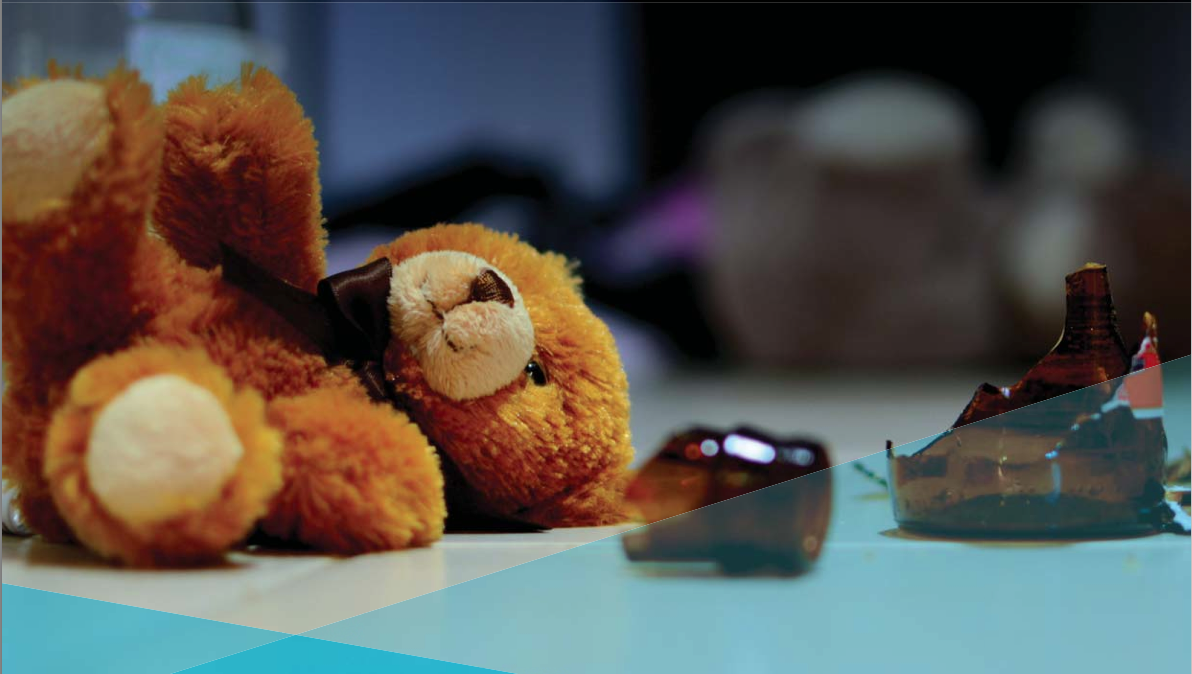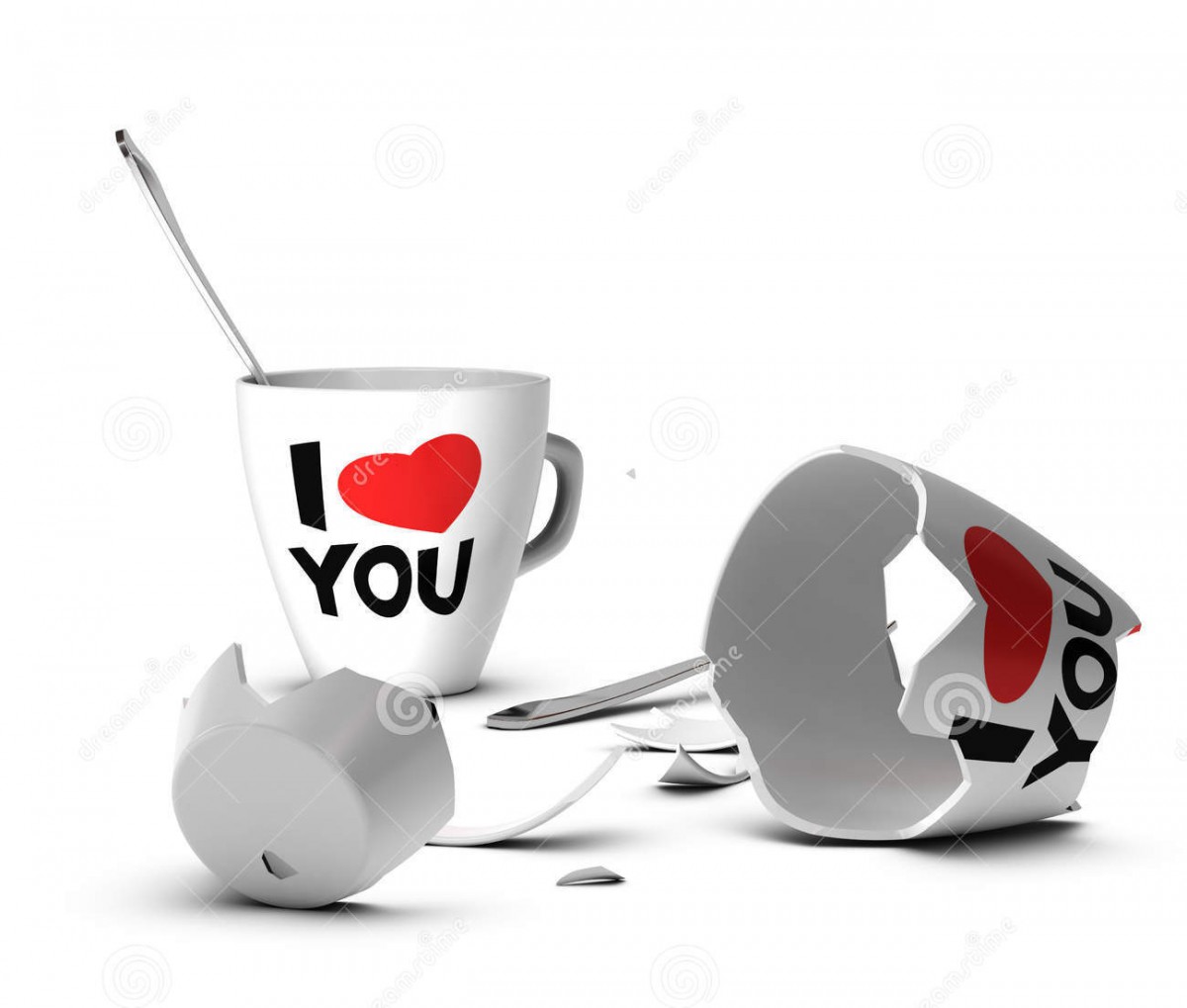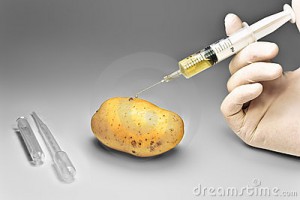My final projects will be a series of images that accompany with the article
The “Mean Drunk”: When Alcohol Abuse Unleashes Anger and Violence by Randy Varga. ( Click here to read the full article )
I think alcohol abuse is a serious problem every where that needs to be addressed. Having friends and relatives who have drinking problems, I’ve seen how out-of-control drinking can have big negative impacts not only on drinkers’ lives but also on their families and friends. The effects that alcohol has on one’s mind can damage his/her social life and intimate relationships by physically hurting their loved ones. The victims can be alcoholic’s partner, children, parents or friends.
My first idea is to pair drinkware/ liquor bottles with stuffed animals that embody the idea of child abuse being as one of the alcohol-influenced actions.
. Teddy bear: the boy
. Rabbit: the girl
 The second idea is to show alcohol drinks along with broken mugs that represents the loved ones in a drinker’s life being hurt.
The second idea is to show alcohol drinks along with broken mugs that represents the loved ones in a drinker’s life being hurt.






